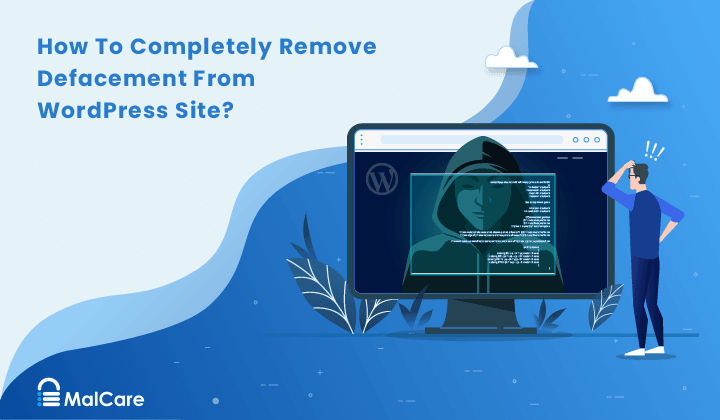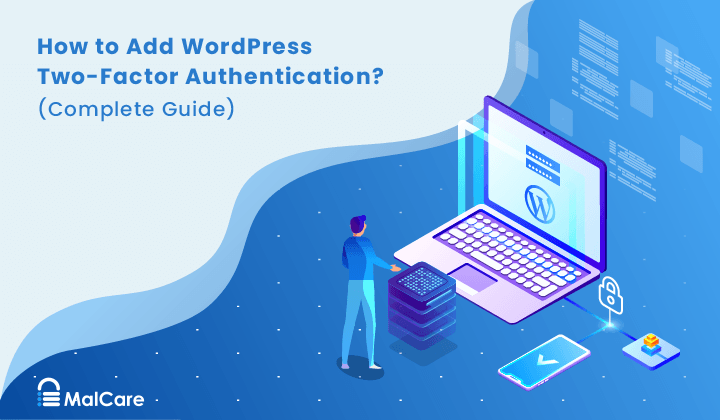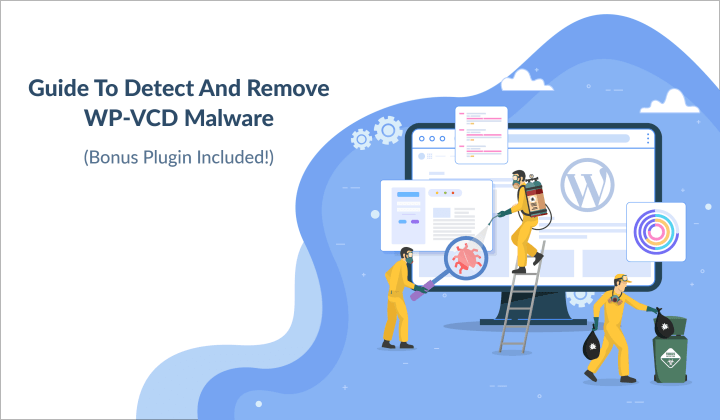MalCare Security Security
Get latest updates about WordPress Security, High Performance Sites, and more…
Get latest updates about WordPress Security, High Performance Sites, and more…

Are your customers complaining that your site is slowing down their computers? Before you panic, check your site files to see if you notice any unusual code that uses the word Coinhive, like Coinhive Anonymous or coinhive..com. Some quick research into your symptoms and CoinHive malware may come up as a possibility. If you suspect…

WordPress defacement is an attack on sites, in which hackers tamper with legitimate content. Defaced sites are always jarring, and never more so than when the site is your own. If hackers deface WordPress site, it is most likely a result of malware. Scan your site to get a definitive analysis so you can recover…

Login security in WordPress is the first line of defense against unauthorized access to your accounts and sensitive information. Without it, your site is at risk of data breaches, financial loss, and cybercrime. Using strong passwords is a great start, but you can beef up security even more with 2FA. Two-factor authentication (2FA) is a…

HTTP Basic Authentication is a commonly used method for improving your WordPress site’s security, assuring the safety of your content and efficiently controlling access. This straightforward but potent security procedure equips you with a robust tool to defend against unauthorized access and bolster general website security. In this article, we’ll answer the questions: We’ll also…

Japanese keywords showing up randomly on your website search results can be perplexing. If you don’t already know why, it is the result of malware on your site. The Japanese keyword hack is confounding on many levels. Website owners experience many symptoms in the beginning, like being unable to login or being redirected when accessing…

There are several reasons to restrict public access to a WordPress site: from maintaining a site under construction, catering content to specific user types, unveiling exclusive event details, to handling sensitive information. Regardless of the content—be it the entire website, an individual page or post, categories of posts, products, or even sections of a page…

When it comes to keeping your site files safe, changing FTP password plays a crucial role. You may be just setting up these credentials or doing routine checks. It could also just be that an employee has left and you need to change those credentials to avoid unauthorized access. Changing all passwords is also an…

There are many reasons why you may need to change cPanel password. The most common—and arguably most important—reason is to secure your site after an attack. Password security is extremely important for any site, and it is critical to do it mindfully. Alternatively, you may have lost or forgotten your password and need to reset…

The wp-vcd.php malware is a persistent malware that reappears almost as soon as you can remove it. It manifests in a number of different ways: These are all signs of a hacked WordPress site. The wp-vcd.php malware comes in a variety of flavours, but each one is as difficult to remove as the other. WordPress…

There are numerous reasons to change WordPress password. Maybe you’re worried that a hacker has changed your username and password, and you’re locked out of your site. It’s also possible that you just want to create a stronger password. Maybe you had shared your log in credentials and now want sole control over your website’s…
End of content
End of content
Copyright 2023 Malcare. All Rights Reserved.
We’re Here To Help You Succeed. Drop Us A Line And We’ll Get Back To You Shortly.

Copyright 2023 Malcare. All Rights Reserved.
We use cookies to provide and improve our services. By using our site, you consent to cookies. Learn More
We use cookies to provide and improve our services. By using our site, you consent to cookies. Learn More ->